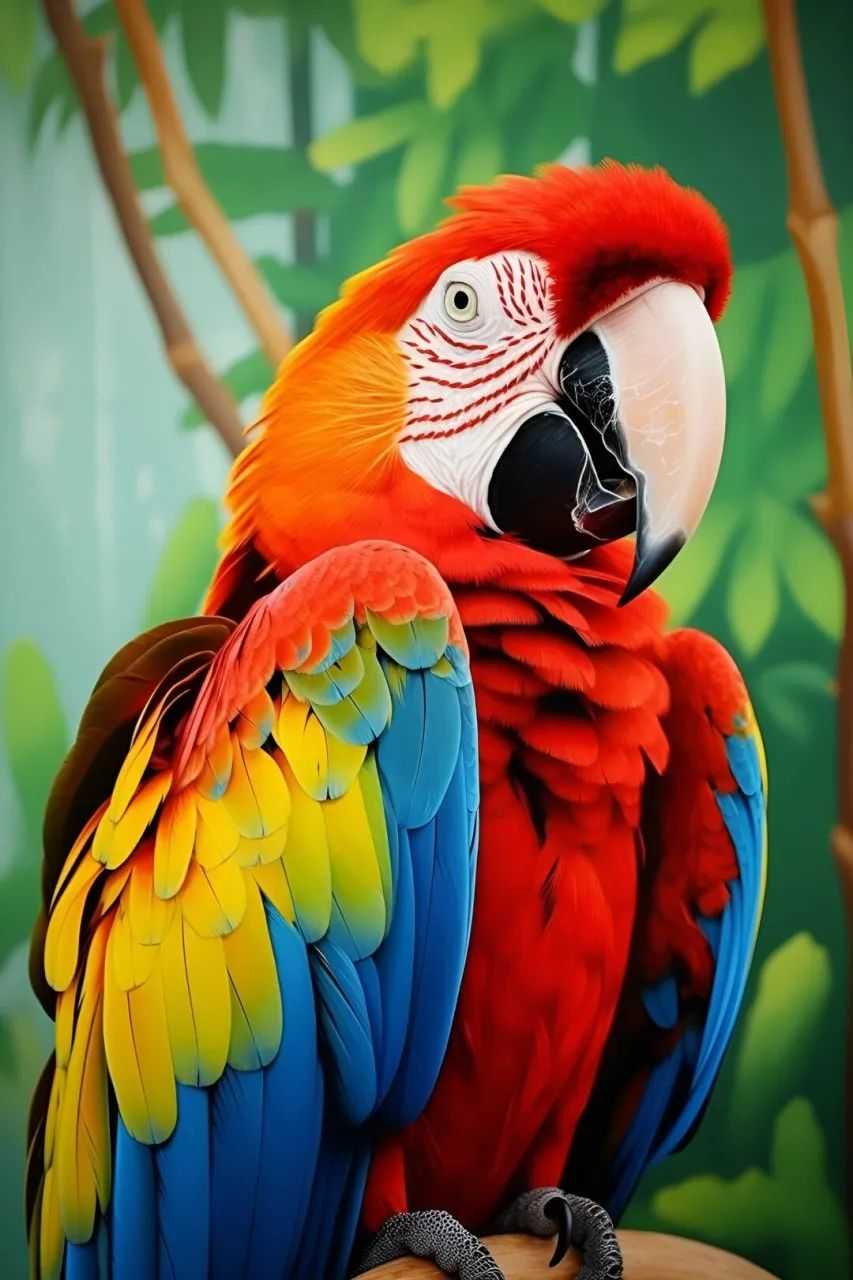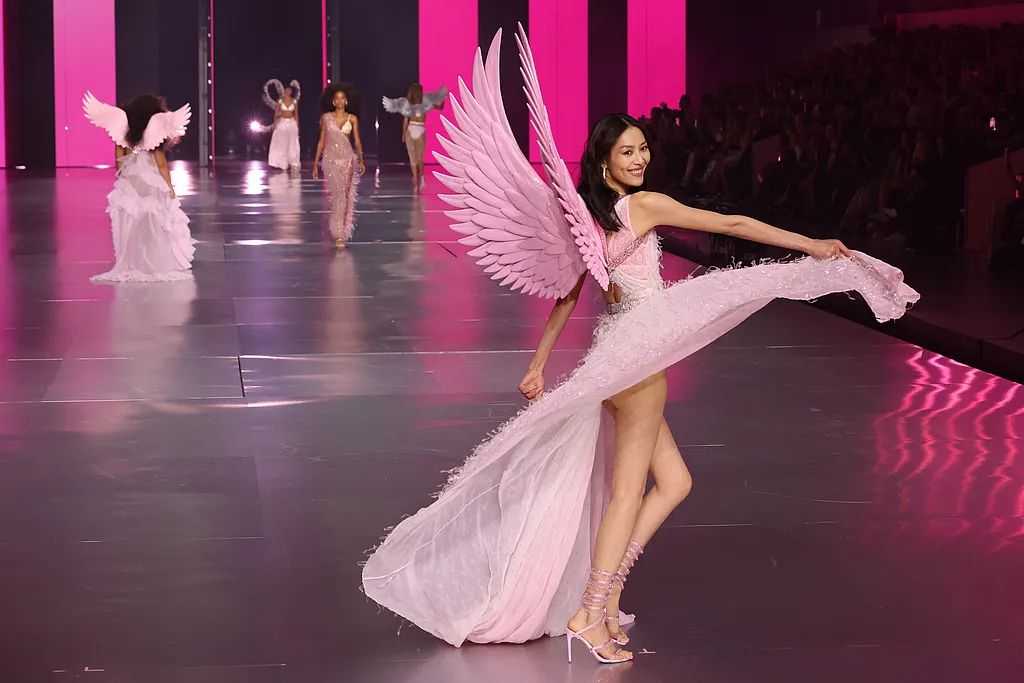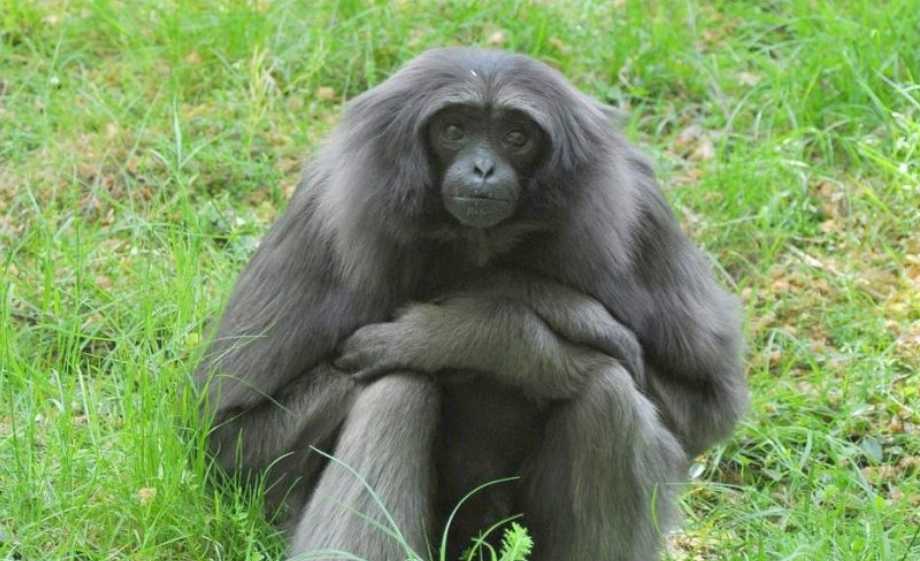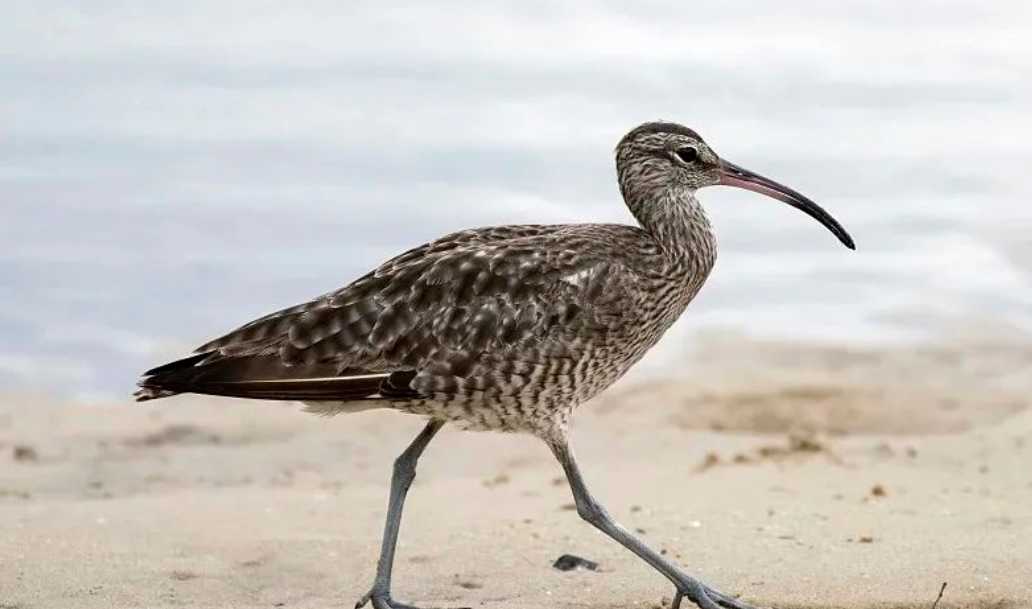The Scarlet Macaw: South America’s Living Palette and Darwin’s 'Divine Color Explosion'Scientifically named Ara macao, this majestic parrot dominates South America’s rainforests, stretching 85 cm in length and feasting on nuts and fruits. Charles Darwin himself famously described it as "nature’s palette spilled across the avian world"—a fitting tribute to its jaw-dropping plumage: a cobalt-blue head and wings, golden-yellow neck ring, emerald-green back, and scarlet tail feathers. The resulting color clash is so vivid that in flight, it resembles a rainbow in motion, with each wingbeat flashing a spectrum of primary hues.
June 30, 2025, 3:50 pm EDT










